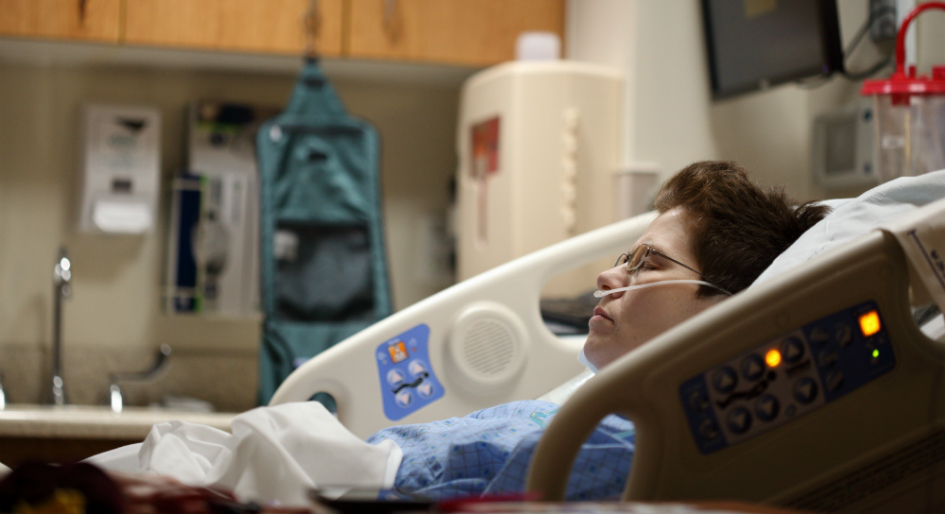According to new research presented at the 46th Annual Conference of the Association for Professionals in Infection Control and Epidemiology (APIC), hospital faucets are a source of pathogens.
Researchers at the University of Michigan Health System assessed eight different designs across four intensive care units to determine how dirty sinks and faucets really are. They found that a shallow depth of the sink bowl enabled potentially contaminated water to splash onto patient care items, healthcare worker hands, and into patient care spaces – at times at a distance of more than four feet from the sink itself.
“Potentially hazardous germs in and around sinks present a quandary for infection [prevention] since having accessible sinks for hand washing is so integral to everything we promote,” said study author Kristen VanderElzen.
To identify the grime level of the sinks, the researchers used adenosine triphosphate (ATP) monitoring to measure the cleanliness. Visible biofilm was associated with higher ATP readings, and cultures tested over the course of the study grew Pseudomonas aeruginosa, mould, and other environmental organisms.
The research team also found aerators on sinks where they had previously been removed, pointing to an overall inconsistency of equipment protocols across the facility. Included in the design improvement program were sink guards, which were shown to limit splash significantly.
“Acting on the information we found, we have undertaken a comprehensive faucet replacement program across our hospital,” VanderElzen added.
“As we learn more about the often stealthy ways in which germs can spread inside healthcare facilities, infection prevention play an increasingly important role in healthcare facility design – including in the selection of sink and faucet fixtures – as this study illustrates,” said 2019 APIC President Karen Hoffmann in the press release.
“Because the healthcare environment can serve as a source of resistant organisms capable of causing dangerous infections, an organization’s infection prevention and control program must ensure that measures are in place to reduce the risk of transmission from environmental sources and monitor compliance with those measures.”








